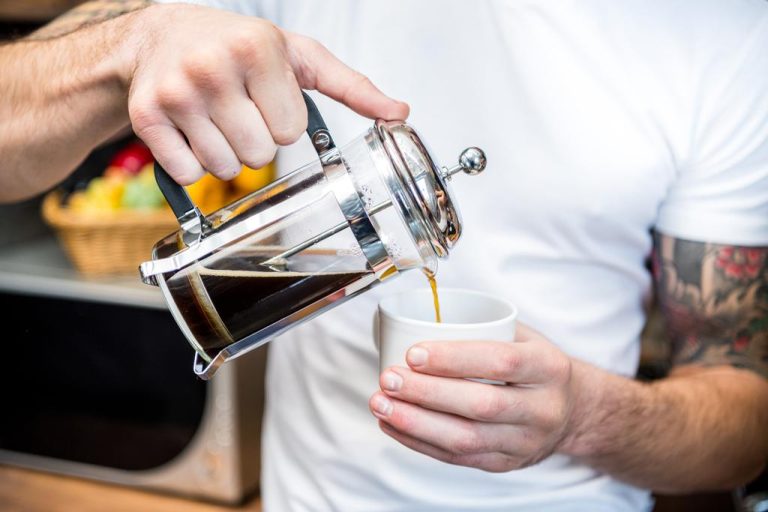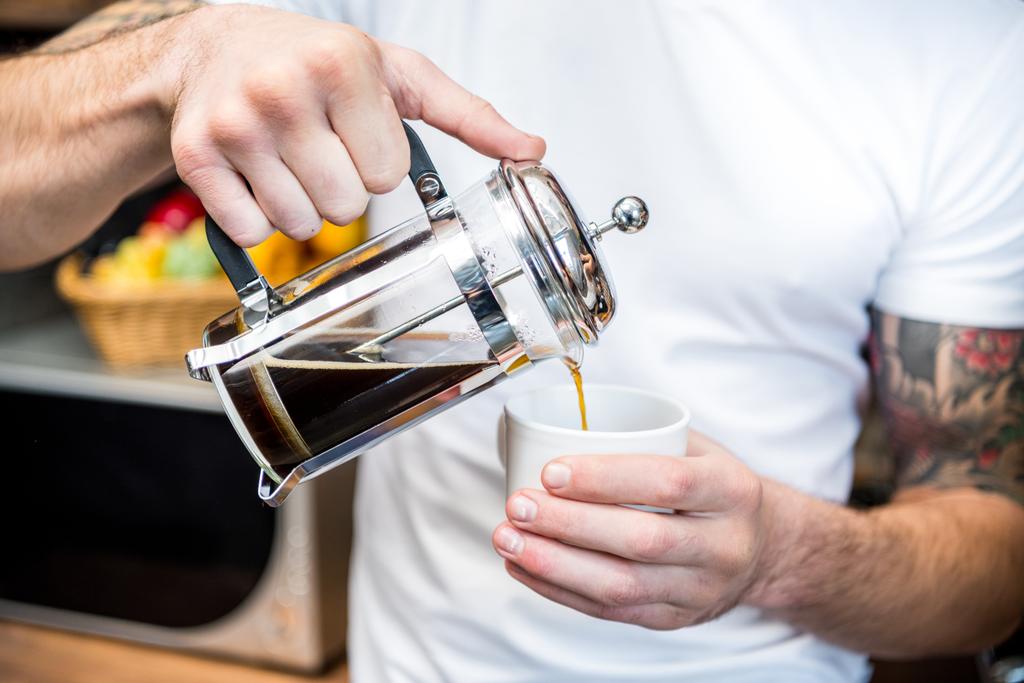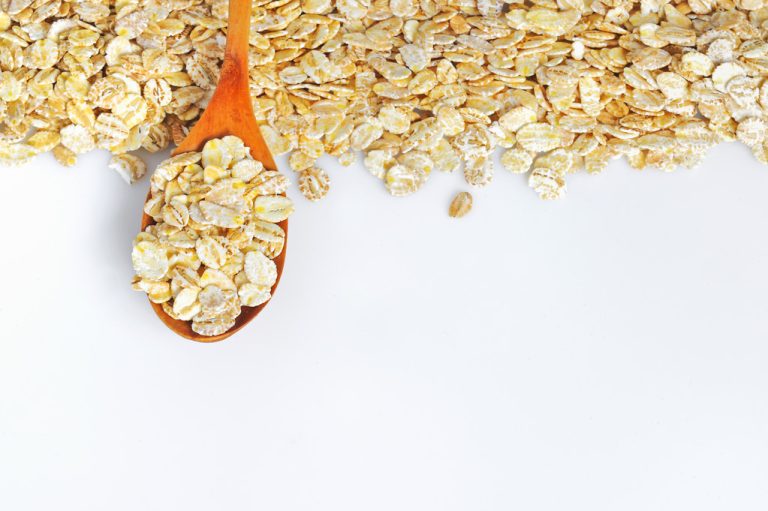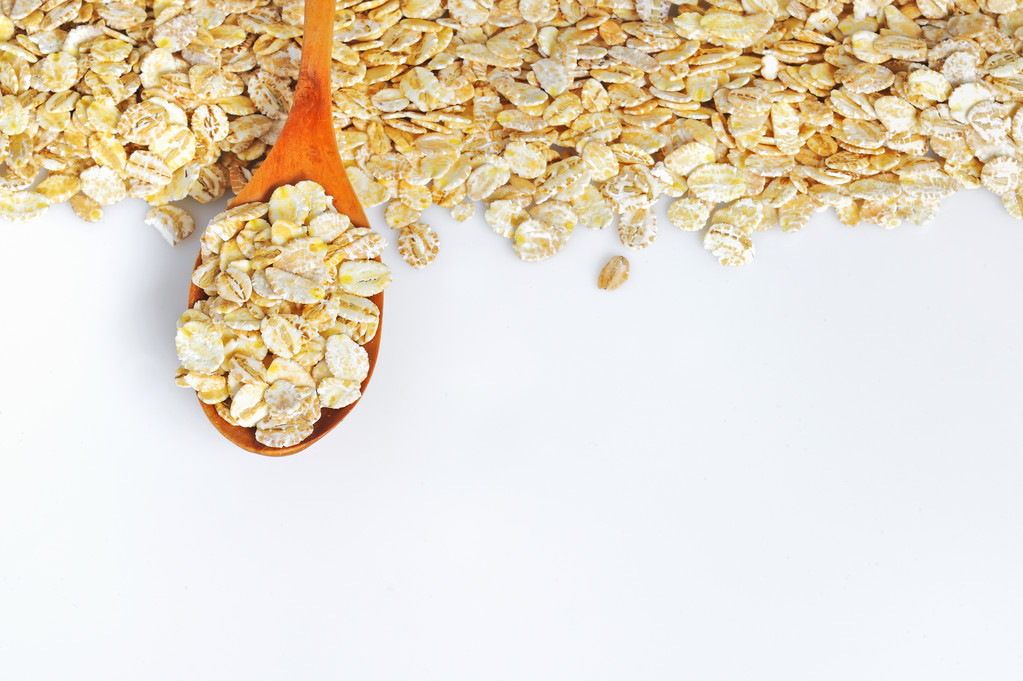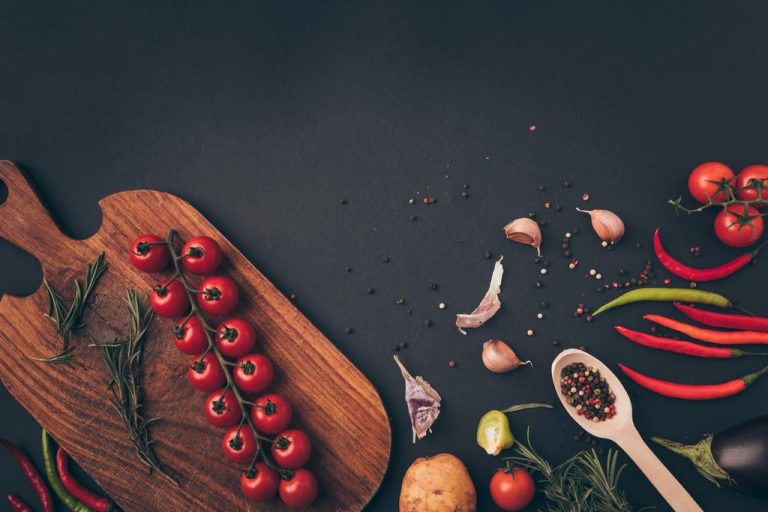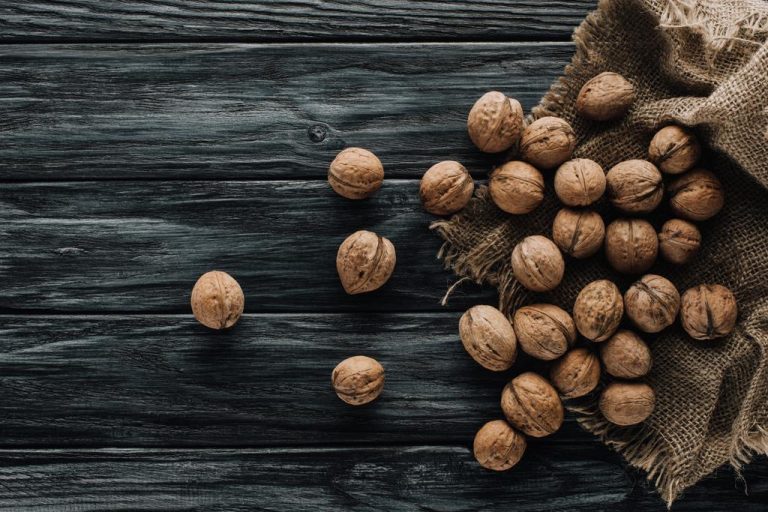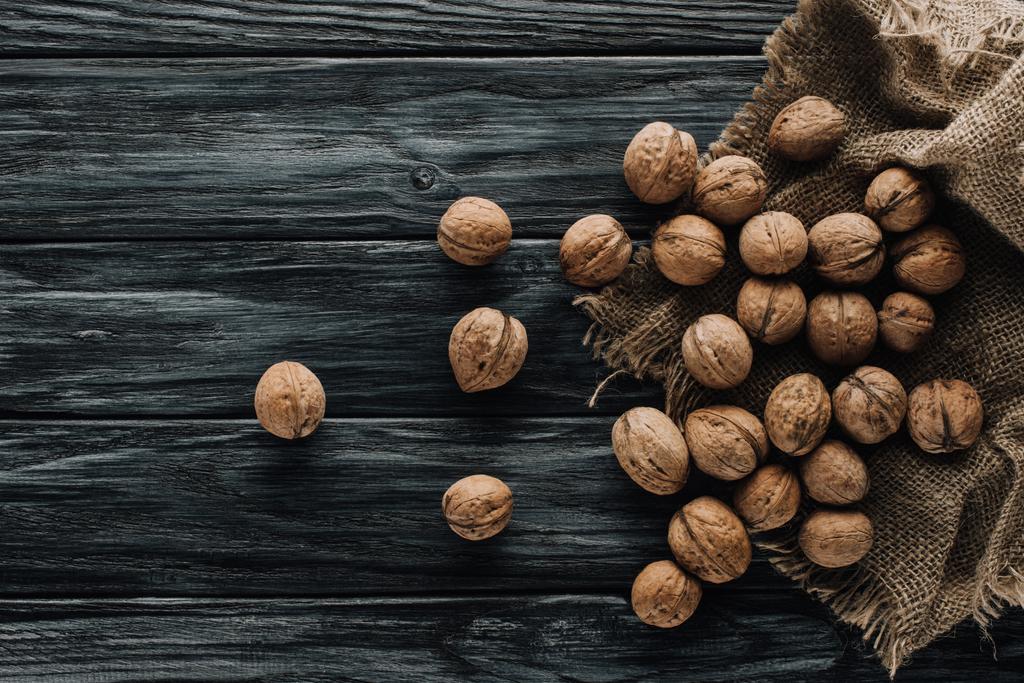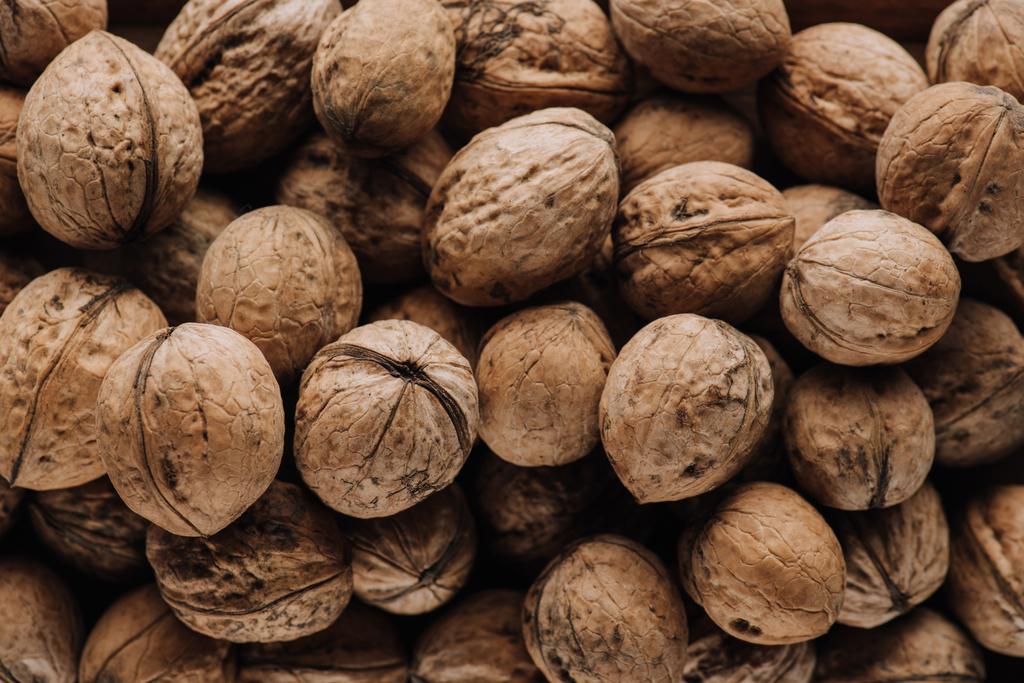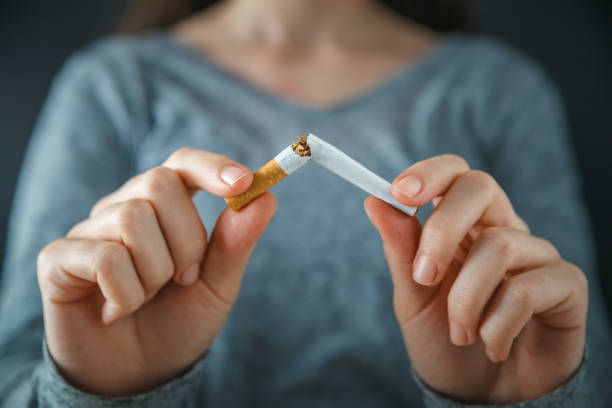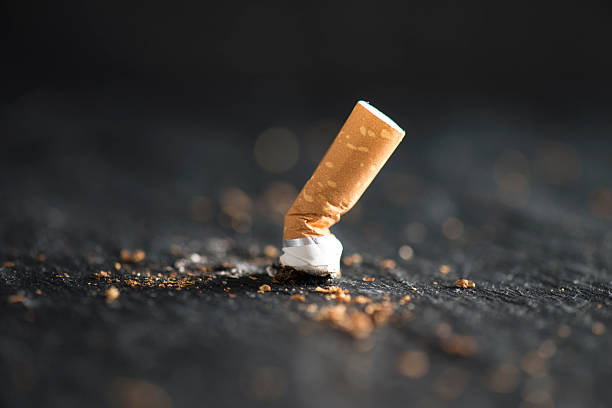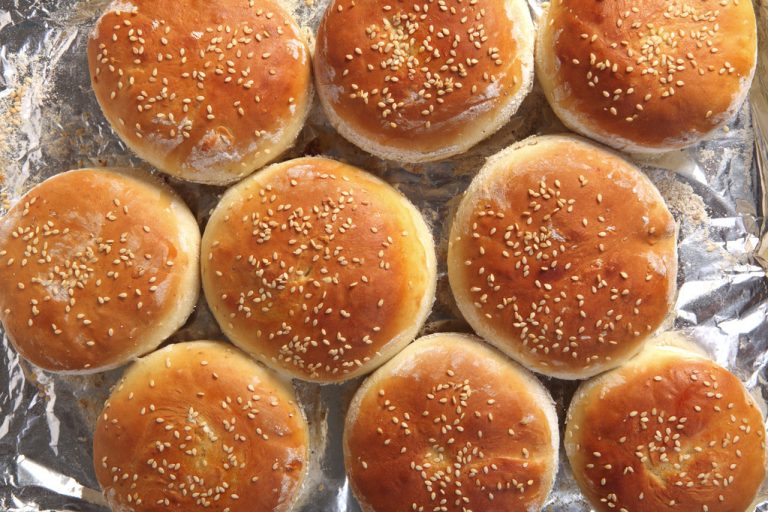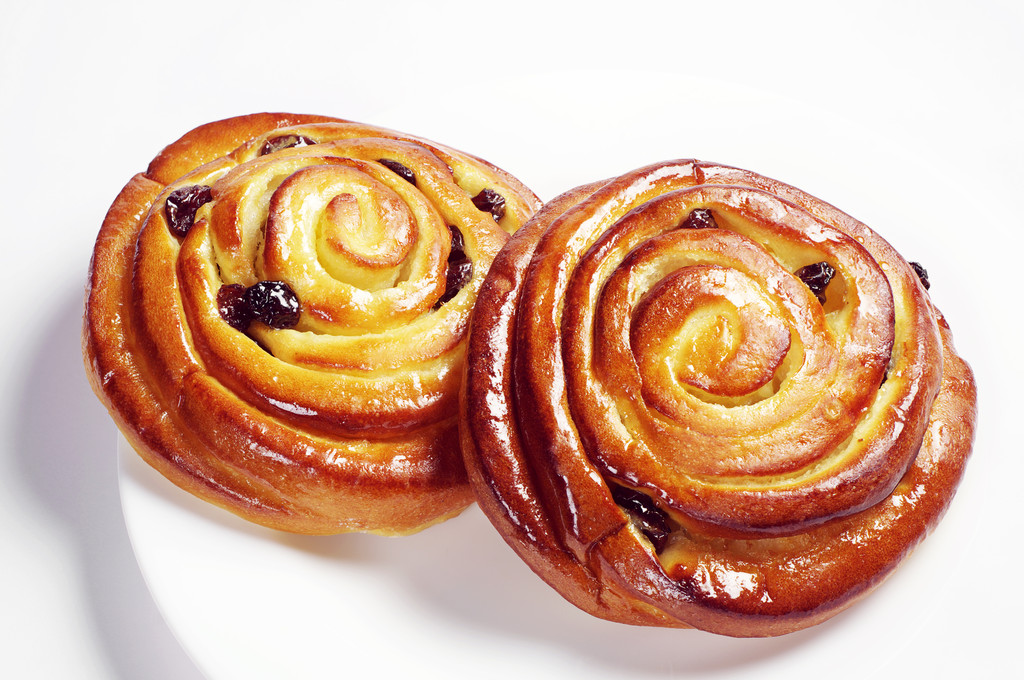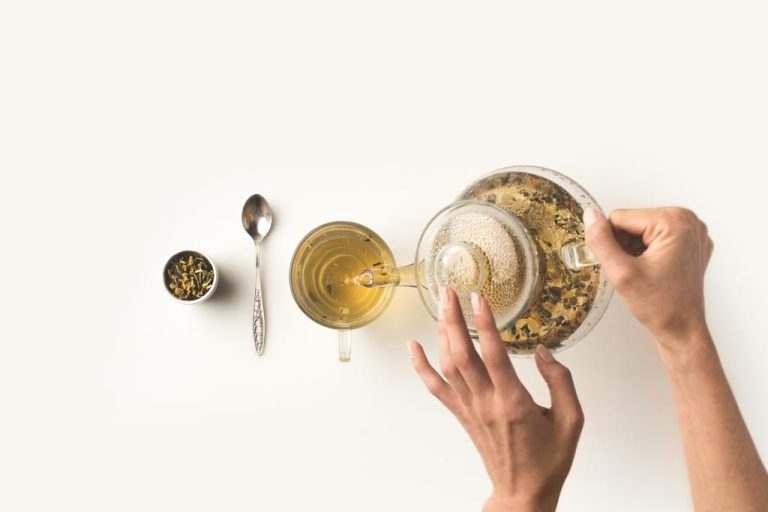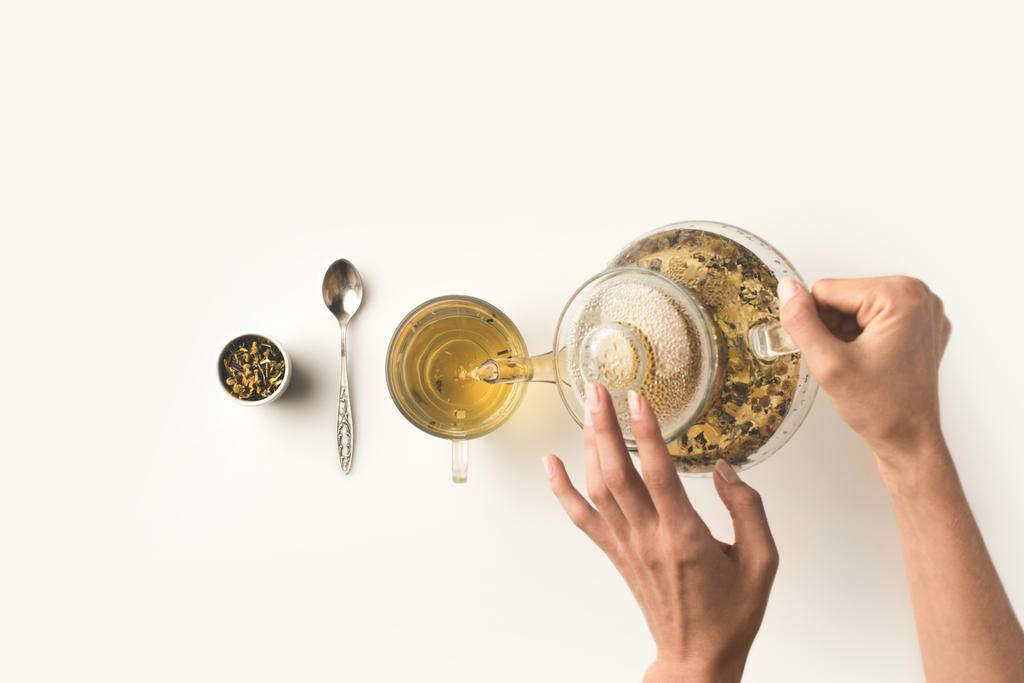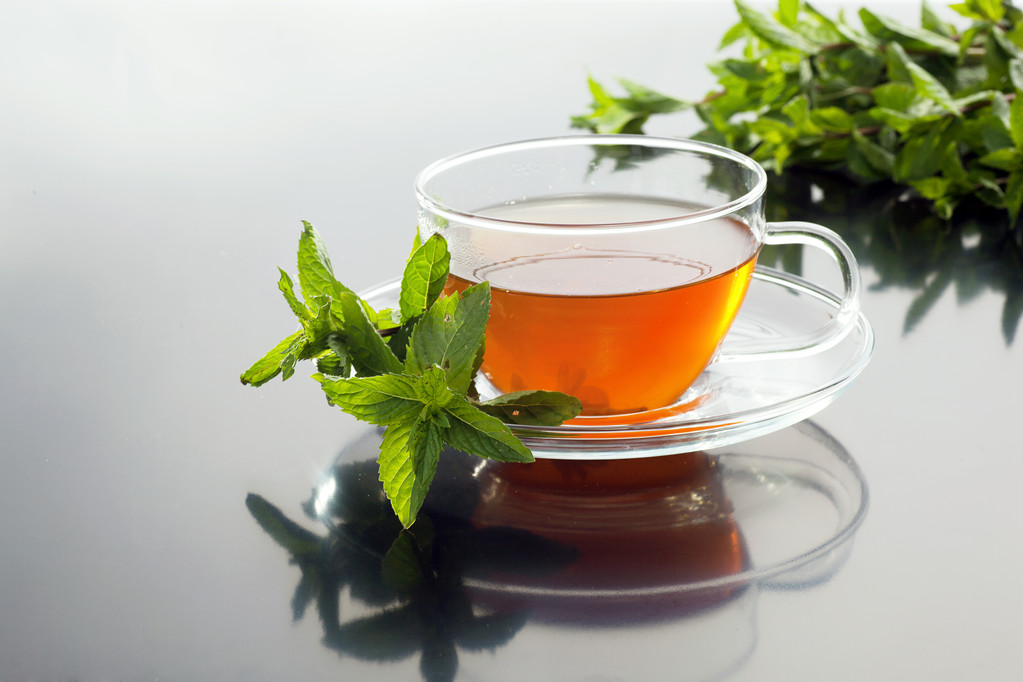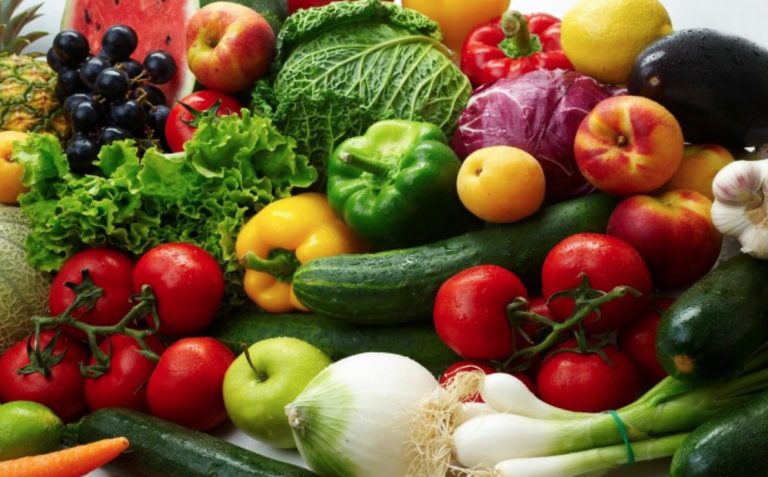Coffee is one of the most popular hot drinks. The average person drinks three cups a day in this country. But is that still healthy?
From how many cups is coffee harmful?
The caffeine contained in coffee boosts bodily functions, increases hand rank, expands the bronchi and promotes concentration. Whether caffeine can kill is also easy to answer – yes, it can. A quantity of several grams becomes dangerous. The stimulant affects everyone differently. Not only in terms of the effect, but also in terms of how long it takes the body to break down the caffeine. While it takes some people just a few hours for caffeine to be metabolized, for others the process takes much longer.
When it comes to blood pressure, high blood pressure patients have nothing to fear, Professor Wolfram Delius assures the pharmacy umschau. Coffee increases heart rate, but to a manageable extent. With regular consumption, this effect is even weaker. The thesis that coffee is a “water stealer” has also been refuted. The diuretic effect cannot be denied, but it is due to the large amounts of water that you consume when drinking coffee. Nevertheless, Delius emphasizes that it is better not to drink coffee before measuring your blood pressure. Although studies always say that coffee should support heart function, the professor points to the lack of data. Under certain circumstances, those affected can feel cardiac arrhythmias more strongly after drinking coffee. What is certain, however, is that coffee lowers the risk of diabetes. “This is shown by large observational studies,” says Dr. Young Hee Lee-Barkey, Senior Physician at the Heart and Diabetes Center NRW in Bad Oeynhausen.
Can coffee even prolong life?
nutritionist dr. Anna Flögel, who researched at the German Institute for Human Nutrition in Potsdam, emphasizes “If you live unhealthily, for example because you smoke or drink alcohol frequently, coffee does not make you healthier.” Researchers have now discovered the maximum amount of coffee you should drink per day before it becomes unhealthy: with too much coffee, the risk of a heart attack increases significantly. While men consume an average of 3.6 cups per day, women only drink 3.2 cups of coffee. Researchers at the University of South Australia have investigated whether these amounts are dangerous to health.
There are still many myths and theories surrounding the popular hot drink. One side warns against too much coffee, the other side even claims that it has a healing effect. According to recent studies, drinking coffee could reduce the relative risk of death. In addition, filter coffee is said to help against high cholesterol levels, and in one German city people with liver disease are even asked to consume up to six cups of coffee a day. The “University of South Australia” has examined more closely whether coffee is really harmful”. The researchers used values from the British Biobank: data from a total of 347,077 people aged between 37 and 73 were recorded and evaluated.
Global coffee consumption: three billion cups a day
“Around three billion cups of coffee are drunk every day worldwide. Knowing the limits of what is good and what is bad is essential,” says Professor Elina Hyppönen. She is Director of the Australian Center for Precision Health at the University of South Australia Cancer Research Centre. She also says, “As with many things in life, it’s all about balance; if you overdo it, your body will pay for it.”
Risk of heart disease increases with too much coffee
The study found that drinking more than six cups of coffee increases the risk of heart disease by up to 22 percent. More precisely: The study found that too much caffeine can lead to increased blood pressure. This is considered a precursor to serious heart disease. A certain dose can therefore also have negative consequences for health. The study was the first to provide a recommendation for the maximum amount of coffee you should drink per day.
As with most things, the same applies to coffee: as long as you don’t overdo it, drinking it every day is not harmful to your health.


